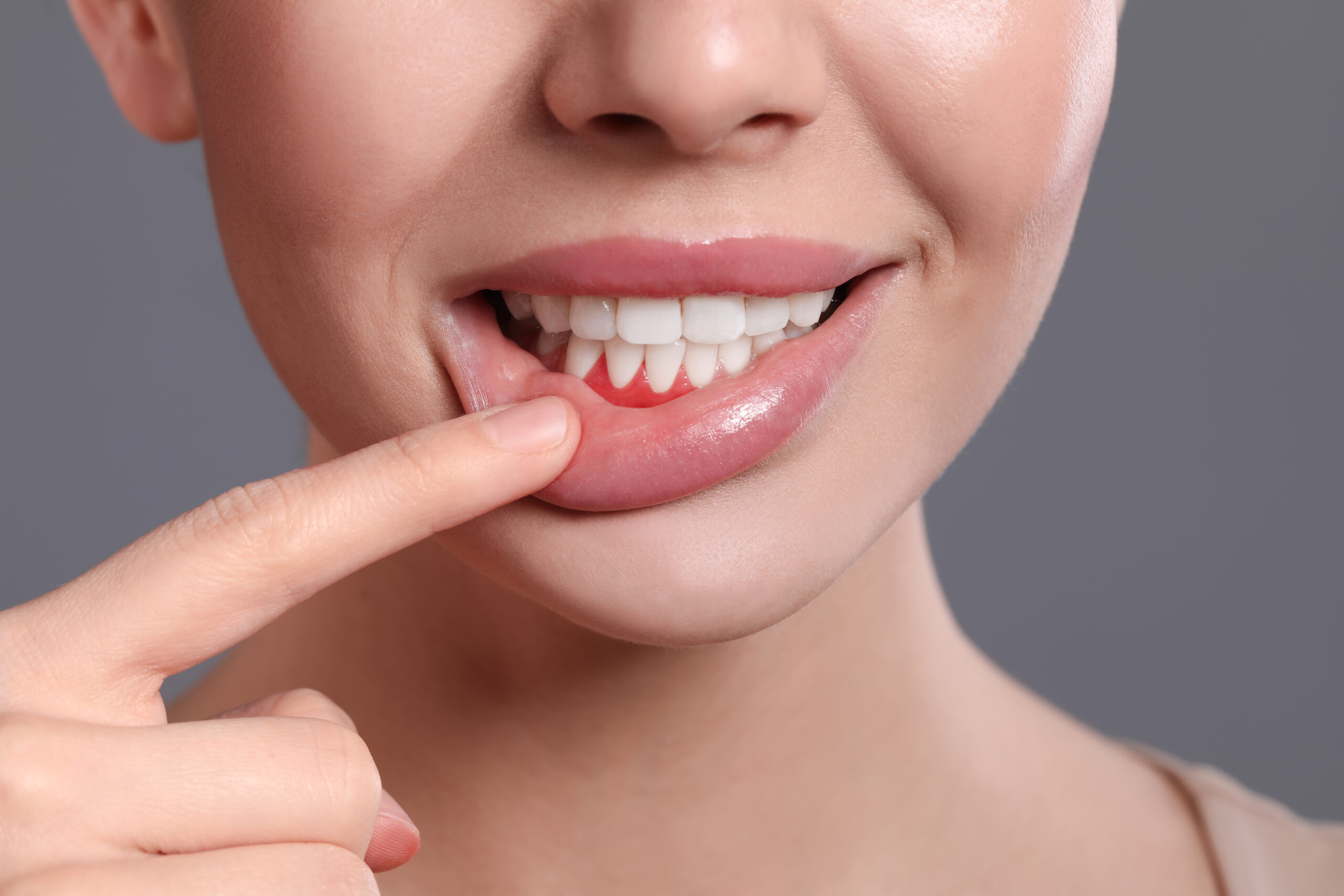Identifying Risk Factors for Gum Disease
Identifying Risk Factors for Gum Disease
Gum disease, also known as periodontal disease, is one of the most common oral health issues affecting adults worldwide. Despite its prevalence, many people don’t realize they’re at risk until the condition has already progressed.
Understanding the factors that contribute to gum disease can empower you to take steps to protect your gums and overall oral health.
In this blog post, the Gander Smiles Dentistry team explore the key risk factors for gum disease, its symptoms, stages, and how professional treatment can help.
What is Periodontal Disease?
Periodontal disease is a chronic infection of the gums and the structures supporting your teeth, including the bone and ligaments. It starts as gingivitis, a mild inflammation of the gums, and can progress into more severe stages, causing tooth loss and other health complications if left untreated. Periodontal disease occurs when plaque (a sticky film of bacteria) accumulates on the teeth and irritates the gums, leading to inflammation, infection, and damage over time.
How Common is Periodontal Disease?
Periodontal disease is incredibly common. According to the Canadian Dental Association, 7 out of 10 Canadians will develop some form of gum disease during their lifetime. It’s especially prevalent among adults over 30, and the risk increases with age.
Despite its frequency, it is often preventable and treatable with proper oral care and regular visits to your dentist.
Gum Disease: Common Risk Factors
While Periodontal disease can affect anyone, certain factors can increase your risk. Knowing these risk factors can help you take proactive steps to protect your oral health.
Age
As we age, the risk of developing gum disease increases. This is partly due to cumulative exposure to plaque over time and changes in oral health. Regular dental checkups become even more important as you grow older to catch the early signs.
Smoking/Tobacco Use
Smoking or using other tobacco products is one of the most significant risk factors for gum disease. Tobacco weakens your immune system, making it harder for your gums to heal from infections. Smokers are more likely to experience severe gum disease and are at greater risk of tooth loss.
Genetics
Your family history can play a role in your susceptibility to gum disease. If gum disease runs in your family, you may have a higher chance of developing it. However, knowing your genetic predisposition can encourage you to take extra precautions, such as maintaining excellent oral hygiene and seeing your dentist regularly.
Stress
Stress affects more than just your mental health—it can also impact your oral health. High levels of stress weaken your immune system, reducing your body’s ability to fight off infections like gum disease. Chronic stress can also lead to poor oral hygiene habits, further increasing your risk.
Clenching or Grinding Your Teeth
Bruxism, or the habit of clenching or grinding your teeth, puts excessive pressure on your gums and the supporting structures of your teeth. This can exacerbate existing gum issues and contribute to gum recession over time.
Poor Nutrition or Obesity
A diet lacking in essential nutrients weakens your body’s ability to fight infections, including those affecting your gums. Consuming sugary and processed foods fuels harmful bacteria in your mouth, leading to plaque buildup. Obesity has also been linked to an increased risk of gum disease due to systemic inflammation.
What are the symptoms of periodontal disease?
Gum disease often starts with mild symptoms, making it easy to overlook. Here are some common signs to watch for:
- Red, swollen, or tender gums.
- Bleeding when brushing or flossing.
- Persistent bad breath.
- Gums that appear to be receding or pulling away from the teeth.
- Loose teeth or changes in how your teeth fit together.
- Pus or discharge around the gums.
If you notice any of these symptoms, it’s essential to see your dentist as soon as possible. Early detection is key to successful treatment.
Periodontal Disease Stages
Periodontal disease progresses in stages, each more severe than the last.
- Gingivitis: The earliest stage, characterized by gum inflammation and bleeding. Gingivitis is reversible with proper care.
- Early Periodontitis: In this stage, the infection begins to damage the supporting structures of the teeth. You may notice gum recession and increased sensitivity.
- Moderate Periodontitis: The infection causes significant bone loss, making teeth feel loose. Symptoms such as bleeding and bad breath become more pronounced.
- Advanced Periodontitis: The most severe stage, where extensive damage to the gums and bone can lead to tooth loss and systemic health issues.
Treating Periodontal Disease with Gander Smiles Dentistry
At Gander Smiles Dentistry, we are committed to helping our patients prevent, detect, and treat gum disease at every stage. Our team of experienced dental professionals uses advanced techniques and personalized care to protect your oral health and restore your smile.
We offer a range of services, including professional cleanings to remove plaque and tartar, deep cleaning procedures like scaling and root planing, and guidance on improving your at-home oral hygiene routine. Early treatment can prevent gum disease from progressing, while advanced care options can manage more severe cases and protect your teeth for years to come.
Don’t wait until gum disease affects your smile. Schedule an appointment with Gander Smiles Dentistry today and take the first step toward healthier gums!

